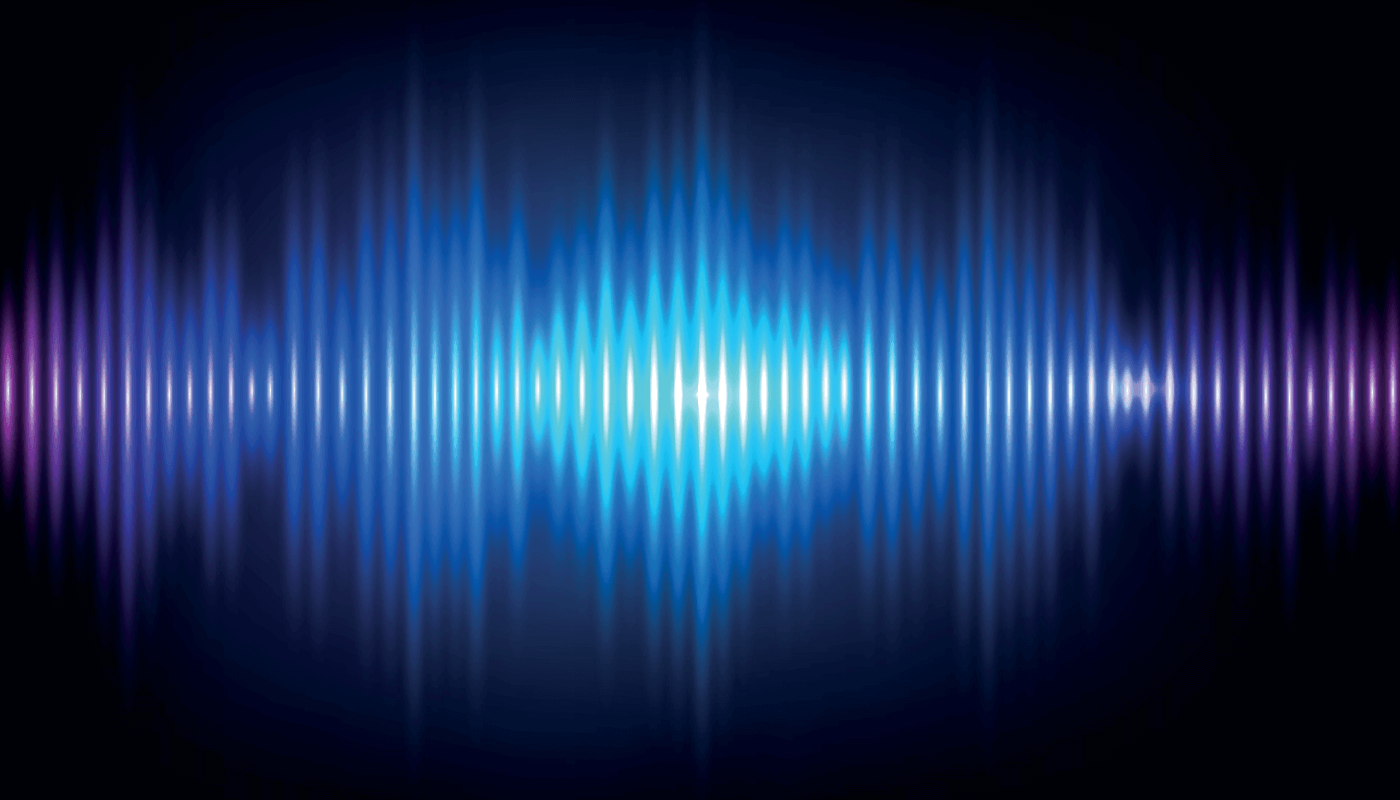
Glaucoma specialists are constantly looking for ways to accurately and noninvasively monitor patients’ IOP for extended periods. Now, researchers from the UK’s University of Birmingham have announced the successful detection of increasing IOP values with soundwaves emitted by a smartphone, using a model simulating an average human eye (1). Khamis Essa, study coauthor and Director of the Advanced Manufacturing Group at the University of Birmingham, explained that the team “discovered a relationship between the internal pressure of an object and its acoustic reflection coefficient. With further investigation into eye geometry and how this affects the interaction with soundwaves, it [could be] possible to use a smartphone to accurately measure IOP from the comfort of the user’s home (2).”
References
- M Soanes et al., Engineering Reports (2021). DOI: 10.1002/eng2.12355.
- University of Birmingham (2021). Available at: http://bit.ly/2P0AMF5.
